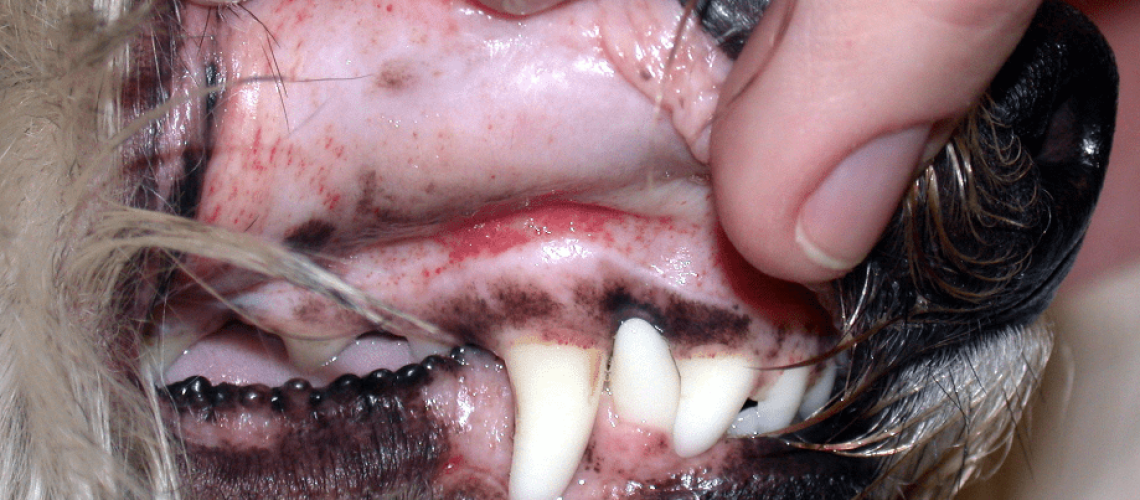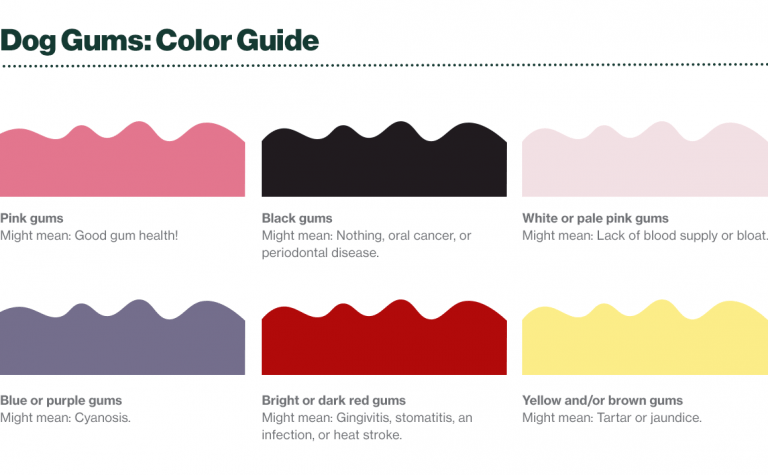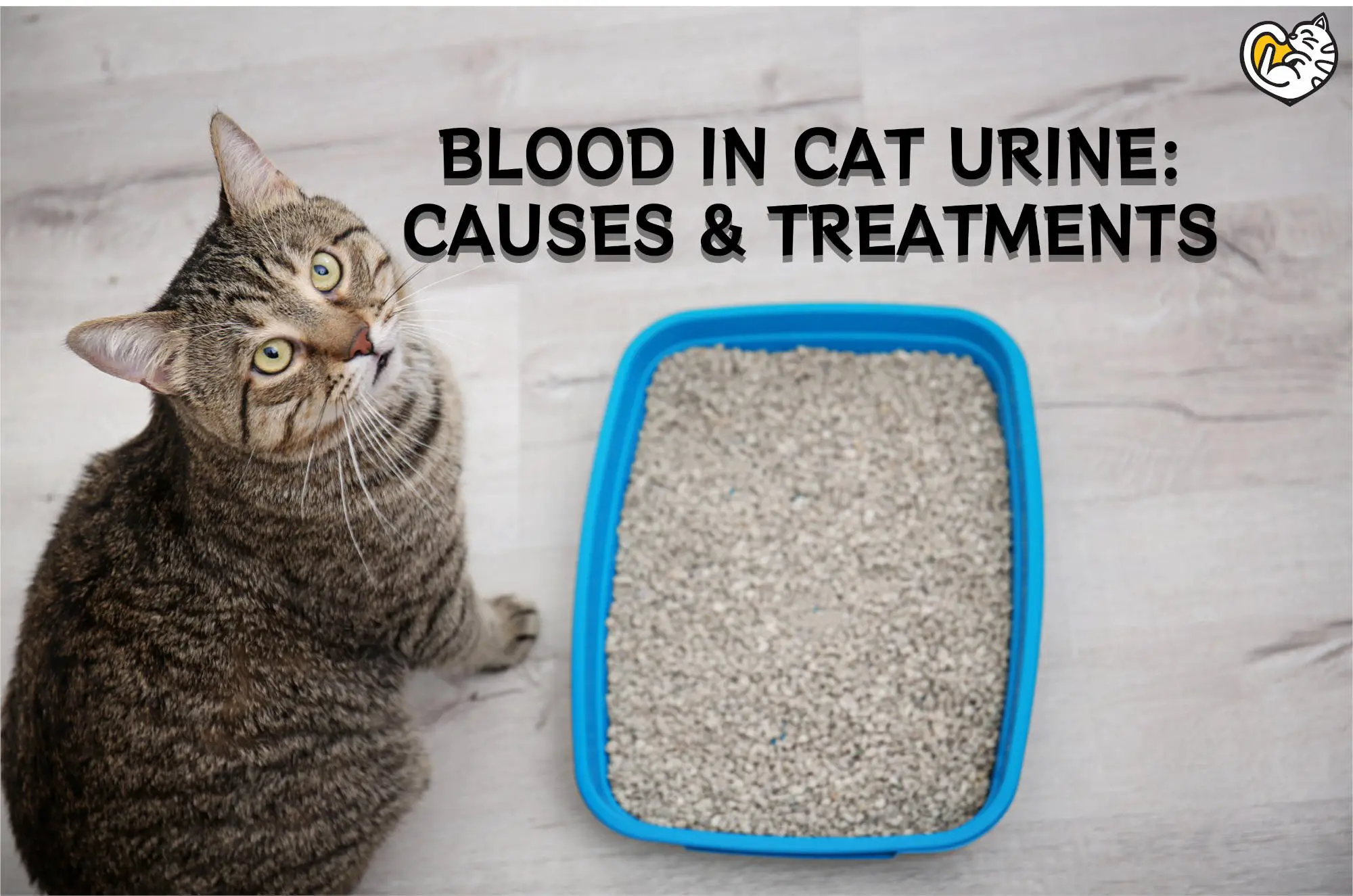Key Takeaways:
- Thrombocytopenia in dogs refers to a low platelet count, which can lead to bleeding disorders and compromised clotting ability.
- This condition can be caused by various factors including immune-mediated destruction of platelets, infectious diseases, certain medications, and bone marrow disorders.
- Clinical signs of thrombocytopenia may include petechiae (small red spots on the skin), bruising, nosebleeds, bleeding gums, and blood in the urine or feces.
- Diagnosis involves a complete blood count (CBC) to determine the platelet count and further testing to identify the underlying cause.
- Treatment options for thrombocytopenia depend on the cause and severity but may include medication to stimulate platelet production or suppress immune-mediated destruction, blood transfusions, or addressing any underlying conditions.
Are you a dog lover? Do you want to ensure the health and well-being of your furry friend? Then get ready to dive into the fascinating world of thrombocytopenia in dogs. Understanding this condition is not just essential, but it can also be a lifesaver for your beloved pet. Imagine being able to detect the early signs of this disorder and take immediate action to save your dog from potential harm. In this article, we will explore what thrombocytopenia is, its causes, symptoms, and treatment options. So grab a cup of tea, sit back, and let's embark on this informative journey together!
What is thrombocytopenia in dogs and how does it affect their health?
Thrombocytopenia is a condition in which dogs have a low number of platelets in their blood. Platelets are tiny cells that help with blood clotting, so when there aren't enough of them, it can cause problems. When a dog has thrombocytopenia, they may bleed more easily and have trouble stopping the bleeding. This can lead to bruising, nosebleeds, or even internal bleeding.
Thrombocytopenia can be caused by various factors such as infections, immune system disorders, certain medications, or even cancer. It's important to diagnose and treat thrombocytopenia because if left untreated, it can lead to serious health complications for dogs. Veterinarians will perform tests to determine the underlying cause of thrombocytopenia and develop a treatment plan accordingly.
How do platelets help with blood clotting?
Platelets are small cell fragments that circulate in the blood. When there is an injury or damage to a blood vessel, platelets rush to the site and form a plug to stop bleeding. They also release chemicals that attract other platelets and help form a stable clot. Without enough platelets, this clotting process is impaired, leading to excessive bleeding.
Why is thrombocytopenia concerning for dogs?
Thrombocytopenia can have serious consequences for dogs' health because it affects their ability to form clots and stop bleeding. Dogs with thrombocytopenia may experience prolonged bleeding from minor injuries or surgeries. They may also develop spontaneous bruising or nosebleeds without any apparent cause.
In severe cases of thrombocytopenia, dogs can even experience internal bleeding which may not be visible externally. This internal bleeding can be life-threatening if not promptly diagnosed and treated. Therefore, it is crucial for dog owners to be aware of the symptoms of thrombocytopenia and seek veterinary care if they notice any signs of abnormal bleeding or bruising in their pets.
Diagnosing thrombocytopenia in dogs: What do veterinarians do?
When a dog shows symptoms that suggest thrombocytopenia, veterinarians will conduct a thorough physical examination to assess the overall health of the dog. They may also ask questions about the dog's medical history and recent activities to gather more information.
To confirm the diagnosis of thrombocytopenia, veterinarians will perform blood tests to measure the platelet count. A low platelet count is a clear indication of thrombocytopenia. Additional tests may be necessary to identify the underlying cause of this condition.
What are some common blood tests used to diagnose thrombocytopenia?
- Complete Blood Count (CBC): This test measures various components of blood, including platelets. It provides valuable information about the number and size of platelets present.
- Blood Smear Examination: A small sample of blood is examined under a microscope to directly visualize the platelets and assess their condition.
- Coagulation Profile: This test evaluates how well blood clots by measuring different clotting factors. It helps determine if there are any other abnormalities in the clotting process.
Once a diagnosis is confirmed, veterinarians can proceed with determining the underlying cause of thrombocytopenia through additional testing if needed.
Recognizing the symptoms of thrombocytopenia in dogs
Common symptoms to watch out for:
If your dog has thrombocytopenia, you may notice certain signs and symptoms that indicate a low platelet count. These can include excessive bleeding or bruising, such as nosebleeds, blood in the urine or stool, or small red dots on the skin known as petechiae. Your dog may also appear weak or lethargic, experience pale gums, or have difficulty breathing. It's important to keep an eye out for these symptoms and seek veterinary attention if you suspect your dog may have thrombocytopenia.
The importance of early detection:
Early detection of thrombocytopenia is crucial for effective treatment and management. If left untreated, this condition can lead to severe complications and even be life-threatening for your furry friend. Therefore, it is essential to be vigilant and observant of any changes in your dog's behavior or physical appearance that could indicate a potential problem with their platelet count.
Possible causes of thrombocytopenia in dogs: What you should know
Underlying medical conditions:
Thrombocytopenia in dogs can be caused by various underlying medical conditions. One common cause is immune-mediated thrombocytopenia (ITP), where the immune system mistakenly attacks and destroys platelets. Other possible causes include infections such as tick-borne diseases like ehrlichiosis or anaplasmosis, certain medications that affect platelet production or function, bone marrow disorders, and even cancer. Identifying the underlying cause is crucial for determining the most appropriate treatment plan for your canine companion.
The role of diagnostic tests:
When diagnosing thrombocytopenia in dogs, veterinarians may perform various diagnostic tests to identify the underlying cause. These can include blood tests, bone marrow aspiration or biopsy, imaging studies, and tick-borne disease testing. These tests help provide a comprehensive understanding of your dog's condition and guide the treatment approach.
Treating thrombocytopenia in dogs: How to improve platelet count
Treatment options:
The treatment for thrombocytopenia in dogs depends on the underlying cause and severity of the condition. In some cases, addressing the root cause, such as treating an infection or discontinuing medications that affect platelets, may be sufficient to improve platelet count. However, more severe cases may require additional interventions. This can include medications to suppress the immune system in immune-mediated thrombocytopenia (ITP), blood transfusions to increase platelet levels rapidly, or supportive care measures like fluid therapy and rest.
The importance of follow-up care:
After initiating treatment for thrombocytopenia, it is crucial to closely monitor your dog's progress through regular check-ups with your veterinarian. They will assess platelet counts and adjust treatment as necessary. Following their guidance regarding medication administration and any lifestyle modifications is essential for ensuring your dog's recovery and preventing relapses.
Preventing thrombocytopenia in dogs: Tips for dog owners
Maintaining overall health:
To reduce the risk of thrombocytopenia in dogs, it is important to prioritize their overall health and well-being. This includes providing a balanced diet rich in essential nutrients, regular exercise to maintain a healthy weight, and routine veterinary care such as vaccinations and parasite prevention.
Tick prevention and control:
Since tick-borne diseases can contribute to thrombocytopenia, it is crucial to implement effective tick prevention measures. This can include using tick repellents or collars, avoiding areas with high tick populations, and regularly checking your dog for ticks after outdoor activities. Prompt removal of any ticks found on your dog's body can help reduce the risk of tick-borne infections.
Avoiding unnecessary medications:
To minimize the potential impact on platelet count, it is important to only administer medications to your dog under veterinary supervision. Avoid giving them any over-the-counter medications without consulting a veterinarian first, as some drugs may have adverse effects on platelet production or function.
By following these preventive measures and promptly addressing any health concerns, you can help reduce the likelihood of thrombocytopenia in your beloved canine companion. Remember that regular veterinary check-ups and open communication with your veterinarian are essential for maintaining your dog's optimal health.
In conclusion, thrombocytopenia is a condition in dogs where they have low platelet levels. It can cause bleeding problems and may be caused by various factors. It is important for dog owners to seek veterinary care if their pet shows symptoms of thrombocytopenia to ensure proper diagnosis and treatment.
What can cause thrombocytopenia in dogs?
There are various contagious illnesses that can affect dogs, including parvovirus, canine infectious hepatitis virus, canine distemper, leptospirosis, tick-borne diseases like Lyme disease, salmonella, and heartworm disease. Additionally, dogs can also experience immune-mediated diseases like immune-mediated thrombocytopenia and cancers such as lymphoma and hemangiosarcoma.
How long do dogs live with thrombocytopenia?
Out of the 45 dogs that were diagnosed with presumed primary immune-mediated thrombocytopenia, all of them received treatment and were monitored for at least one year. 89.6% of the dogs survived until they were discharged, but 31% of those dogs experienced a relapse after being discharged. The average time from diagnosis to relapse was 79 days.
Can my dog survive thrombocytopenia?
Although ITP patients may need intensive care and monitoring when they are diagnosed, they usually respond well to proper immunosuppressive treatment. The majority of patients will recover and be discharged from the hospital, and many will continue to live for a long time.
What are the clinical signs of thrombocytopenia in dogs?
What are the symptoms of thrombocytopenia? If thrombocytopenia is severe, it can result in abnormal bleeding, which can appear as small red spots on the skin or gums (petechiae), larger bruises (ecchymoses), bloody urine, vomit, or stool, and dark, tar-colored stool (melena).
How serious is thrombocytopenia in dogs?
Thrombocytopenia in dogs can lead to impaired blood clotting, which can result in spontaneous bleeding and hemorrhage. This bleeding can occur even without any trauma. If the eye is affected, it may appear bloodshot or have blood streaks in the whites of the eye.
What breeds are prone to thrombocytopenia?
All breeds of dogs, including mixed breeds, can be affected by this condition. However, certain breeds such as Cocker Spaniels, Poodles, and Old English Sheepdogs are more likely to be predisposed. There is believed to be a strong genetic component to this condition, and it has been reported in both humans and certain dog breeds such as Cocker Spaniels and Scottish Terriers.

















